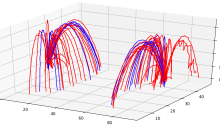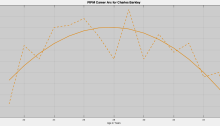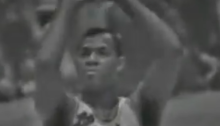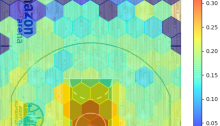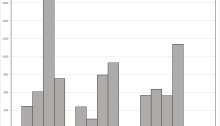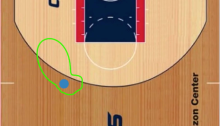Approximating Curves II: Assimilation of the Jump Shot Process
If you were to ask one-hundred shooting coaches “What’s the most important aspect to making a jump shot?” you will probably get at least fifty different responses. Answers may range from detailed such as the finger mechanics of the release or “shooting axis,” to broad, holistic responses such as “Find your repeatable comfort zone at…
